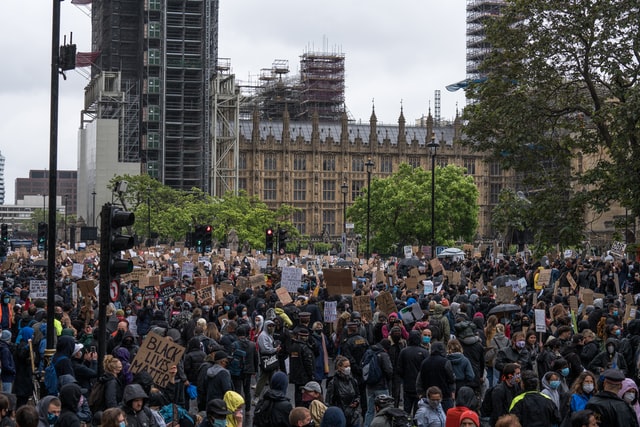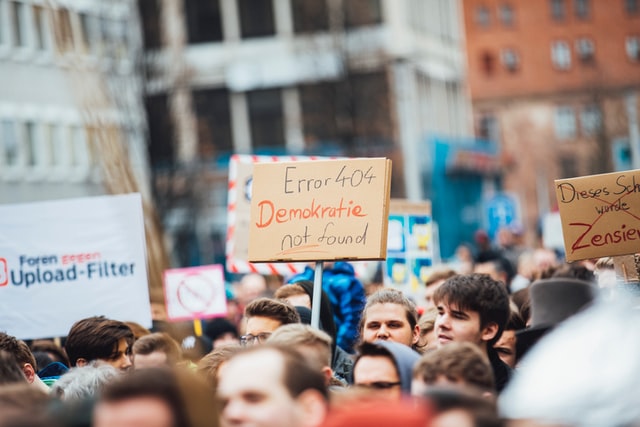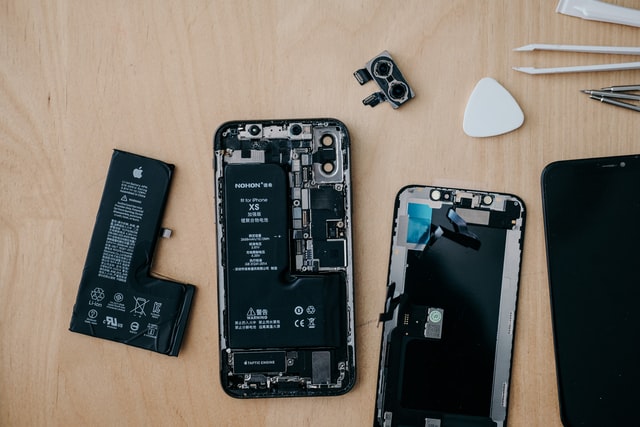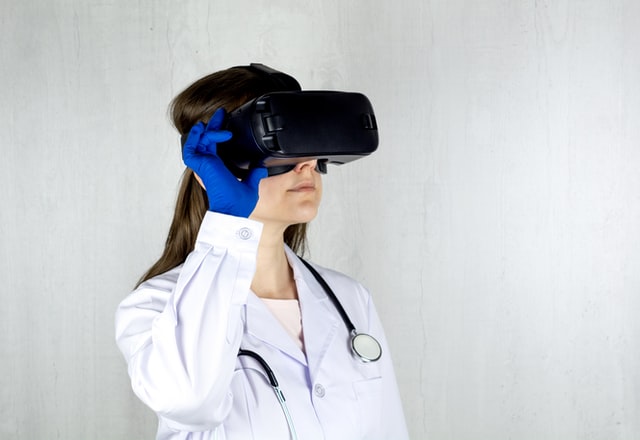BLM and CAA protests: The increasing use of facial recognition technology by governments against protesters
The beginning of 2020 witnessed the continuation of widespread protests against India’s new citizenship laws which proposed to exclude Muslims from its purview. Reports surfaced of police authorities using facial recognition technology to track down protesters. When condemned over such use, the authorities stated that the technology would not be used to store data of the protesters, but merely to catch them. Almost six months later, the New York and Miami police departments used similar technology to track down Black Lives Matter (BLM) activists, inviting condemnation from human rights activists and privacy experts. In response, several Silicon Valley companies stated that they would not sell such technology to law enforcement authorities.

The use of such technology without adopting any safeguards or conforming to the tests of proportionality and necessity is violative of the right to privacy, ensured by both the United States and Indian constitutions. When asked about the adoption of necessary safeguards, the Delhi police, which has prominently been using the technology, has sought to defend its use on all fronts, stating that “it may be used in investigation in the interest of safety and security of (the) general public”. The absence of a comprehensive legal framework to employ such technology by law enforcement agencies, and the discretion provided to the agencies to employ it in situations they deem suitable is a recipe for privacy violations and breach of fundamental rights of citizens.
Further, the accuracy of the technology is also questionable, given that there are no standards of review, and the software is imported from private contractors and firms. Therefore, there is a likelihood that a person may be arrested based on faulty technology, without any proper grounds of appeal.
In the US, a shift was seen after the BLM protests. Although concrete legislation is yet to take form, local leaders and agencies, and even private companies refused to partake in using facial recognition technology. Even in Canada, authorities have ruled that a company supplying such software to government agencies was violating privacy regulations, and contributed to mass surveillance.
Similar views are not adopted by India, which in fact, with its proposed data privacy bill, offers more exemptions for government authorities to access personal data and obligate companies to make available such data. The widespread and consistent use of facial recognition technology by law enforcement authorities without any legal or serious political backlash will undoubtedly corrupt India’s status as a free democracy in coming years.
The role of impartial reporting in upholding democratic processes
According to Freedom House, political rights and civil liberties have seen a decline in democracies
The right to repair movement could have a significant impact on global emissions reduction
Many manufacturers use planned obsolescence so that products fail prematurely and are short-lived, t
The integration of healthcare and VR
Virtual reality (VR) has largely been associated with the field of entertainment. However, scientist






